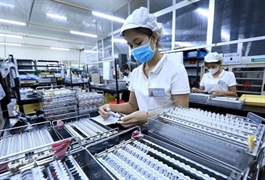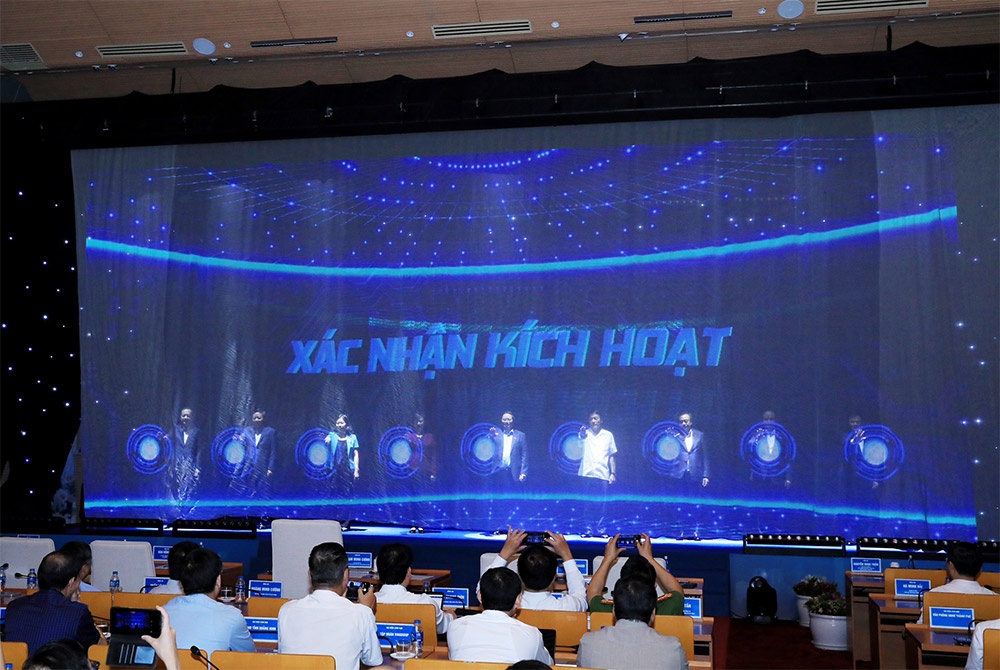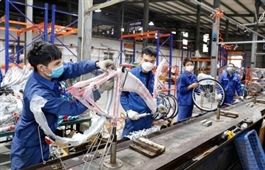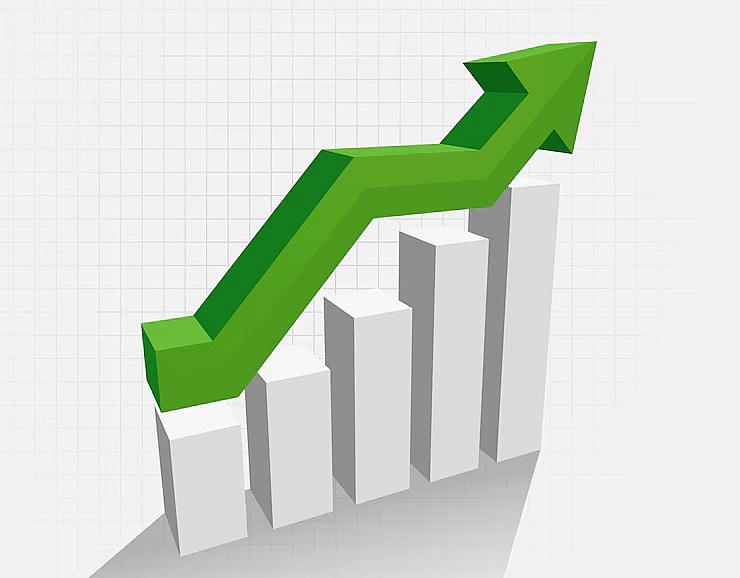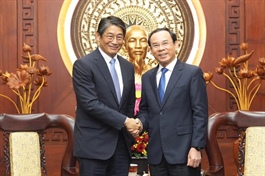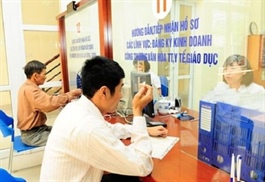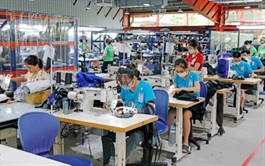$25b bilateral trade target signals growing partnership for Việt Nam, Malaysia
$25b bilateral trade target signals growing partnership for Việt Nam, Malaysia
As Malaysia makes preparations to assume the chairmanship of ASEAN in 2025, Tengku Zafrul Aziz, the Minister of Investment, Trade and Industry for Malaysia, recently visited Việt Nam to co-chair the 4th session of the Việt Nam-Malaysia Joint Trade Committee from July 8-11.
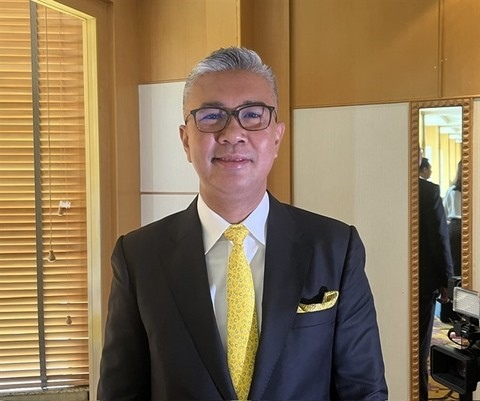
Tengku Zafrul Aziz, Minister of Investment, Trade and Industry for Malaysia, in HCM City during his visit to Việt Nam from July 8-11 to co-chair the 4th session of the Việt Nam-Malaysia Joint Trade Committee. — VNS Photo Bồ Xuân Hiệp |
During the meeting, discussions were held regarding the arrangements for Malaysia’s upcoming ASEAN chairmanship in 2025. Việt Nam News reporter Bồ Xuân Hiệp spoke with the Malaysia’s Minister of Investment, Trade and Industry to explore the bilateral trade prospects between the two nations.
As Malaysia prepares to chair ASEAN in 2025, what are its economic goals and future vision for the ASEAN community?
I’m currently in HCM City and just came back from Hà Nội where we co-chaired the 4th session of the Việt Nam-Malaysia Joint Trade Committee.
As Malaysia prepares to assume the chairmanship of the Association of Southeast Asian Nations (ASEAN) in 2025, there is a focus on the economic objectives and future vision of the bloc that Malaysia aims to promote during its term.
ASEAN, with a GDP of approximately US$3.8 trillion and a population of 670 million people, half of whom are under 30, is expected to experience growth between 4-5 per cent, positioning it as one of the fastest-growing economic groups in the world.
Trade is a crucial component of ASEAN’s economic strength, particularly in enhancing regional trade and digital trade opportunities.
In addition, investment interest in ASEAN is increasing, with many companies considering it as a strategic location for their supply chains.
One of the key economic objectives that Malaysia seeks to promote during its tenure as ASEAN chair is to strengthen regional economic integration and cooperation.
This involves enhancing trade relations among ASEAN member states, encouraging investment flows, and easing the movement of goods, services, and skilled labour within the region.
Malaysia aims to create a favourable business environment to attract investment and stimulate economic development in ASEAN.
In addition, sustainability is another important focus for Malaysia as it strives to promote environmentally sustainable and inclusive economic growth, particularly through renewable energy initiatives.
In short, Malaysia’s vision for its ASEAN chairmanship in 2025 includes promoting a more integrated, resilient and competitive ASEAN economy.
What are the main objectives you are aiming to achieve during your visit to Việt Nam?
My main objectives are to strengthen the already strong bilateral relations between Việt Nam and Malaysia, and to explore opportunities for further collaboration in various sectors.
I have been engaged in discussions with Vietnamese government officials, including the Prime Minister and the Minister of Industry and Trade, as well as business leaders, and other stakeholders.
The discussions aim to explore opportunities to increase trade in areas such as electrical and electronics (E&E) and petrochemicals, and cooperate in developing new areas such as digital transformation, green technology, renewable energy such as wind energy, and Halal industry, among others.
The two sides have been working to promote trade and investment, and strengthen economic links between the two countries in many fields, especially after the official visit to Việt Nam of the Malaysian Prime Minister in 2023.
On global and regional issues, Việt Nam and Malaysia should continue supporting each other at multilateral forums.
Together with other ASEAN member states, we should maintain the bloc’s central role, strengthen unity in diversity within ASEAN, and maintain an environment of peace, stability, cooperation and development.
Could you provide insight into the growth of bilateral trade between Việt Nam and Malaysia over the years?
Malaysia and Việt Nam have maintained a strong relationship at the governmental level since 1973. The upcoming year will mark the 10th anniversary of their strategic partnership.
Both countries have been actively seeking to enhance economic cooperation through various initiatives, offering opportunities for businesses from both countries to explore trade and investment prospects.
The relationship between Malaysia and Việt Nam has been strong since 1973, with close collaboration over the past 50 years.
Both countries are actively enhancing economic cooperation, focusing on key areas such as the Halal industry, digital transformation, and renewable energy such as wind energy.
Malaysian investors are increasingly interested in Việt Nam, while Vietnamese businesses are expanding into Malaysia.
Malaysia is Việt Nam’s third-largest trading partner in ASEAN and the tenth-largest globally.
With a total registered capital exceeding $13 billion, Malaysia stands as the third-largest ASEAN investor in Việt Nam.
Việt Nam and Malaysia have set a target to increase bilateral trade to $18 billion by 2025 and $25 billion by 2030.
With a 16 per cent increase year-on-year in bilateral trade in the first five months, I am confident that the goal of achieving the bilateral trade targets in the coming years is reachable.
How might geopolitical tensions impact the investment flows in ASEAN and the rest of the world?
The impact of geopolitical tensions on investment flows in ASEAN and globally is a matter of concern.
The region attracts investors for several reasons, including its reputation for peace and stability.
The strategic location, competitive advantages, and multilateral agreements in the ASEAN region make it a commercially viable option for companies seeking to relocate and access new markets.
In addition, industries already established in the region, such as in Malaysia, benefit from geopolitical dynamics such as the trade and tech war between China and the US.
This has led to increased investment flows, particularly in sectors such as electronics and semiconductor manufacturing.
ASEAN, especially Việt Nam, is part of various multilateral agreements, which provide a framework for cooperation and support among member countries, making the region an attractive destination for companies looking to expand into multiple markets.
Could you tell us about the Foreign Direct Investment (FDI) trends in the ASEAN region?
Foreign direct investment (FDI) is essential for the economic development of the ASEAN region due to its growing market potential and strategic location.
Recent trends in FDI include a shift towards increased investment from Asian countries such as China, Japan, and South Korea, as well as a rising focus on service sectors such as finance, telecommunications, and tourism.
Intra-regional investments within ASEAN are also on the rise, driven by initiatives such as the ASEAN Economic Community.
In addition, there is a growing emphasis on sustainable and responsible investment practices in the region.







